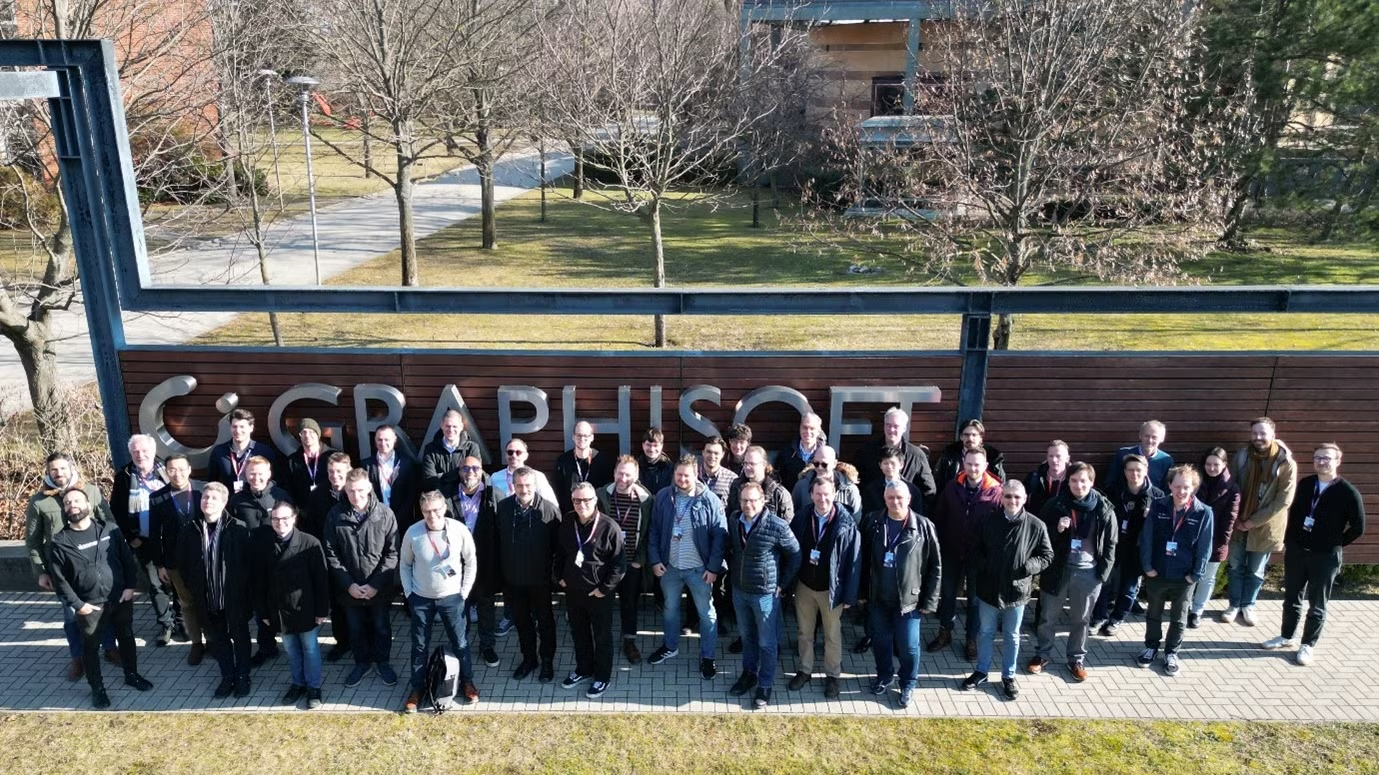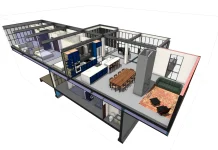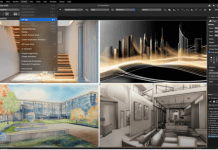Martin Large, CEO Steljes details the benefits of utilising technology within construction and how the BIM process will be central to achieving results…
Technology may play a key role in building and product design in the construction industry. However, in comparison to many other sectors, the use of technology on the process side is relatively underused. The government mandate that all public sector centrally procured construction projects will be delivered using a building information modelling (BIM) approach by 2016, looks set to spark a technological revolution and could be the catalyst the industry needs to enable it to work more efficiently in the future.
We are certainly seeing more use of technology and 3D simulation software in light of the government initiative, and with growing pressure on the industry to complete every project on time and on budget, it makes logical sense to introduce the latest solutions that would improve and speed up the entire design process. If we take the manufacturing industry as an example, ‘lean management’1 has been around for as long as a decade, a technique that has removed a bulk of wasted time and material out of many businesses and made them far more operationally and financially efficient.
Even in the building design process, traditional techniques appear to be favoured over effective technological solutions. With new buildings, it seems somewhat archaic that firms still print out 2D floor plans and gather around a table with biros to do the red line mark-up, especially if we think of the significant expense and time involved just in physically getting the group of experts in one place at one time from different geographical locations. Then the plan will either be put through a scanning machine, or in a paper folder, and sent to site. Resolution issues with the file sizes means it will inevitably have to be printed out again, before the experts on site add their mark ups and subsequently send it back to the office.
In sharp contrast, introducing the latest interactive technology would significantly reduce the steps in the process. Designers could access the BIM software and bring the drawing up on an interactive screen in high resolution, and make any mark ups with digital ink. One of the obvious benefits, aside from the quality of the visuals, is that every team member involved in the project, including those in different locations and on site, can interact and amend the digital content at the same time, and in real time. An email would be sent to each person with a link, and once opened they could see exactly what was on the sender’s laptop and annotate onto the drawing from their own laptop.
The financial benefits from reduced travel time and working hours are obvious. Perhaps, even more importantly, the technological process also reduces risk in design, removing the all-too-common mistakes of misread and misunderstood drawings and potentially saving companies tens of thousands of pounds. Reducing the carbon footprint is also very relevant to many of today’s forward-thinking building firms. Some of the most high-profile projects have been won due to a tender with a strong environmentally-friendly focus, from using as little travel as possible, to the use of SMART interactive boards and screens with 4K resolutions on site.
The new way of working could be a world away from the rather linear working that we see in the industry today. Across business in general, collaboration has been the buzzword for some time, and the use of interactive technology encourages employees to be more engaged and work together as a team, improving both the speed of decision making and the go to market time for their customers. The technological software means that dispersed teams and individual colleagues can fully participate in collaboration sessions from any location, all working towards delivering the projects, on time, on budget and to the required brief.
Business objectives in the building sector have not changed significantly during recent years. There will always be a need to control costs, get the best return on investment and maximise productivity. What has changed is the available technology, and alongside the government’s BIM initiatives, there has never been a better time for companies to take their ways of working into the future.
1 For more information regarding lean management please read the article from Lauri Koskela, Professor of Construction and Project Management at the University of Huddersfield, who explains how BIM feeds into the principles of Lean Construction creating a common ground of improvement.
Martin Large
CEO
Steljes
Tel: 08450 724 810













